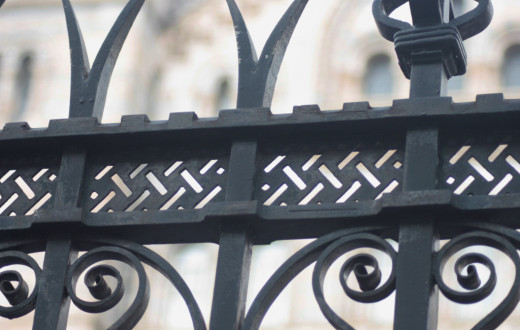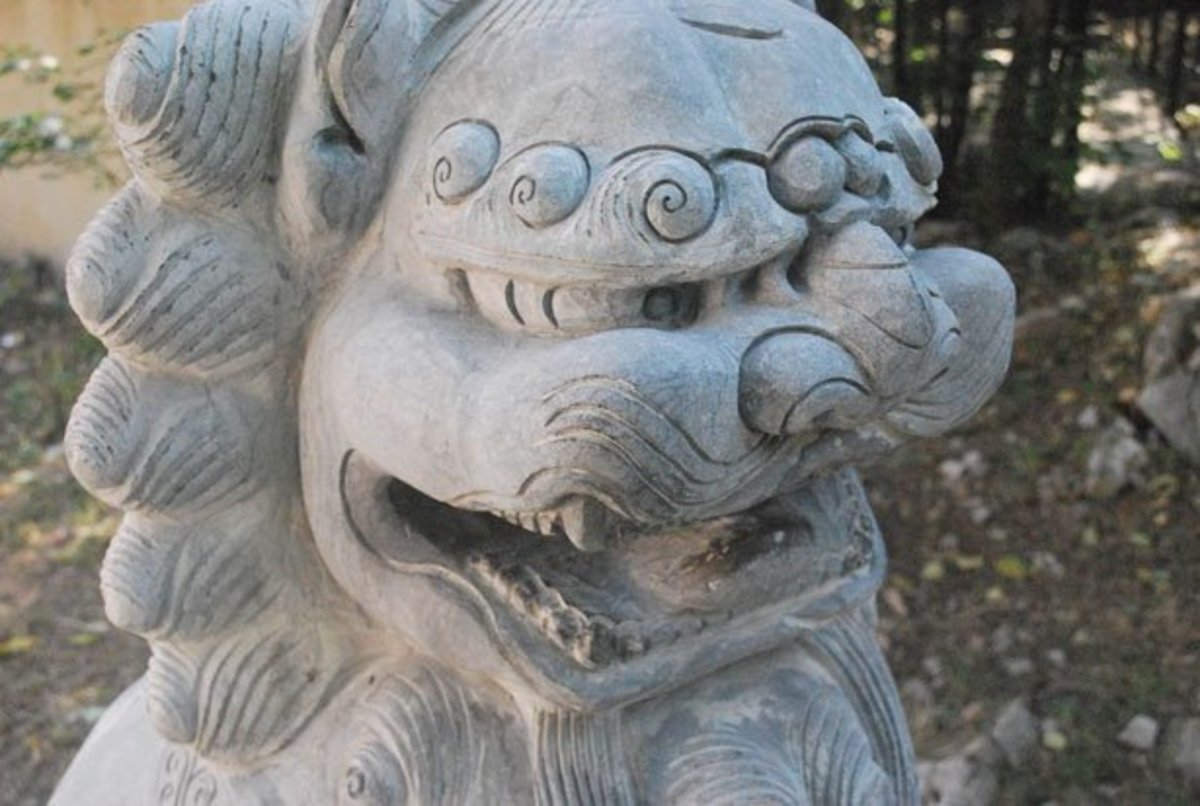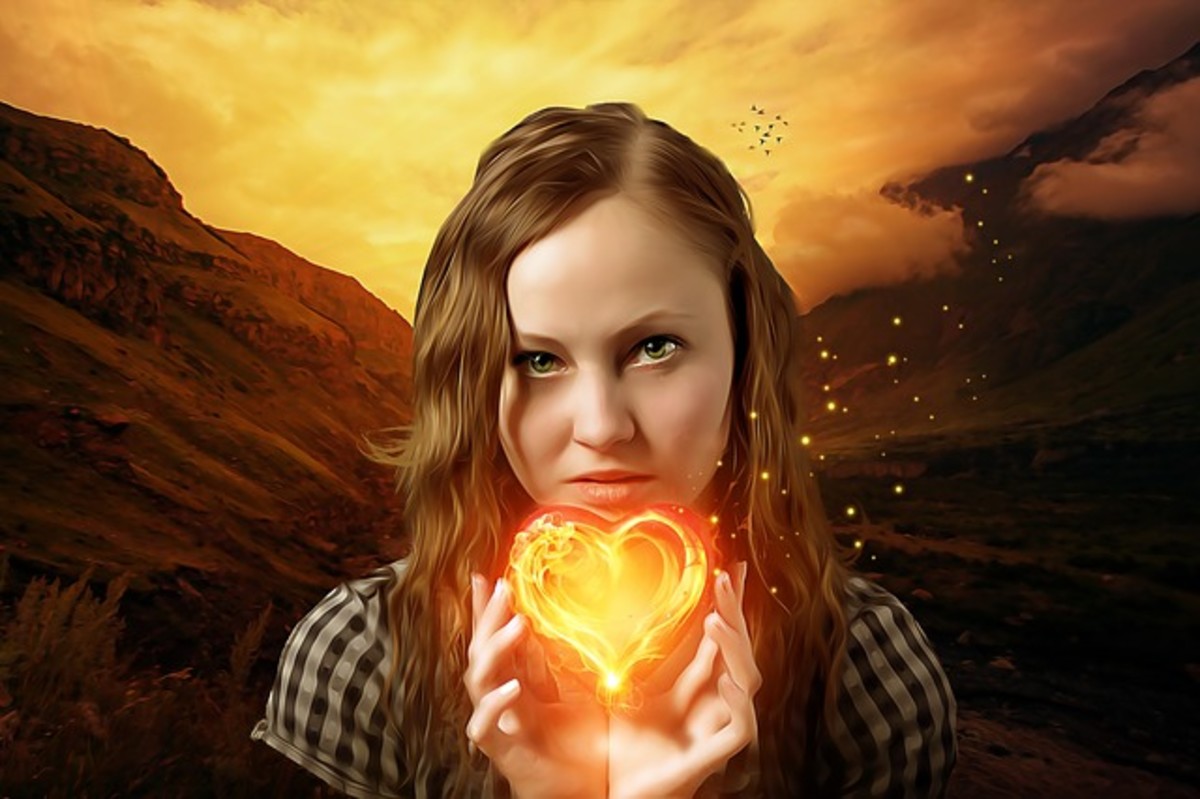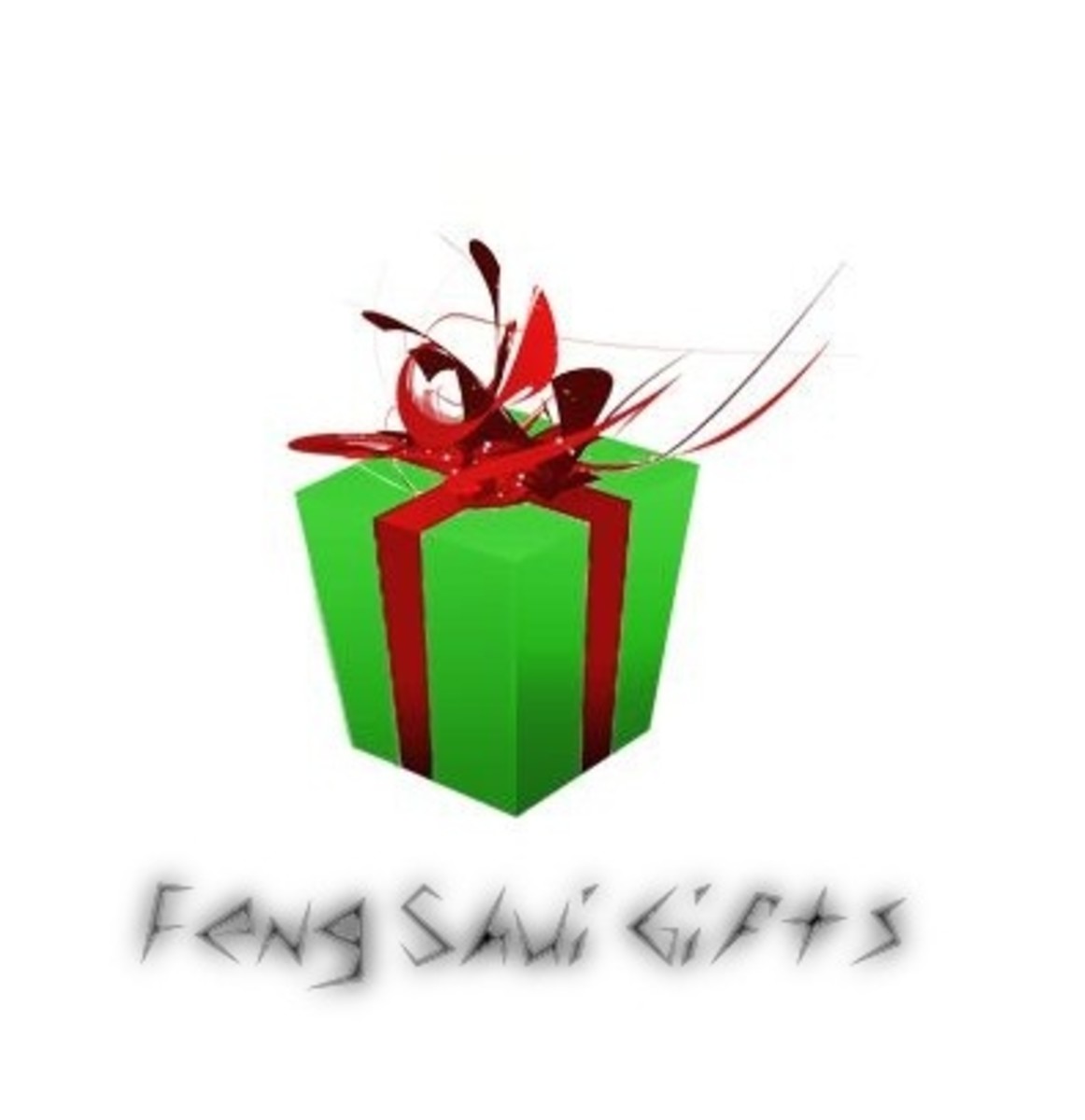The Five Elements of Feng Shui

Feng shui, sometimes known as Chinese geomancy is the ancient art of arranging and decorating your home to encourage positive energy, contentment, prosperity and well-being. It is based on the philosophical belief that people are connected to and affected by their environment.
The practice of Feng shui is believed to be thousands of years old and to have been initially used to locate places in which society could grow and flourish. Once these were established the same principles were then used to identify locations for burial sites, palaces, government buildings and monuments. The basis of Feng Shui is to make adjustments to our living and working environments to create positive and supportive surroundings that facilitate achievement and harmony rather than hindering your progress and happiness. Aspects of the physical landscape, time and location are assessed to find a balanced relationship between yin and yang, qi and the five elements, as well as between man and nature.
Do you Use Feng Shui in your Home or Workplace?
The Five Elements
One of the basic principles of Feng shui is the use of the five elements or wu xing. These are defined as water, wood, fire, earth and metal and may refer to physical objects or metaphoric representations. For example, wood can be used directly by placing wooden furniture and other objects in your home or it can be included by using colours and other items and materials associated with the element of wood. The presence of all five elements is considered to be vital for balance and good health. In addition, each of the five elements interacts with each other with positive and negative results. Positive interaction is also known as the circle of creation and is defined as:
- Water nurtures wood
- Wood nurtures fire
- Fire nurtures earth
- Earth nurtures metal
- Metal nurtures water
In reverse, if one element is very strong in a space it can create a destructive cycle which can lead to imbalance and stagnation or hindrance in achieving your goals and desires. In the destructive cycle:
- Water weakens fire
- Fire weakens metal
- Metal weakens wood
- Wood weakens earth
- Earth weakens water
These cycles can be used to help in balancing the Feng Shui of a room or building in a variety of ways. The simplest way to change the elements present in a space is to add or remove items as needed. For instance, if a room needed more water energy this can be achieved by adding water directly perhaps as a small indoor water feature or aquarium or the energy can be increased using items associated with the element of water. These include curved shapes and the colour black. Sometimes it is not possible to remove or add items and this is where the positive and destructive cycles can be greatly beneficial. For example, if a building naturally has a strong presence of wood due to its construction or furnishings, you can avoid the use of it otherwise so that the wood energy does not create imbalance. You could also counteract the strong wood energy by following the destructive cycle and adding lots of items associated with the element of metal. This will then weaken the wood aspect.
Determining the Element of Objects
Often it is easy to establish the element of an object based on the material it is made from. The colour of an object can also be a simple way to determine its element, for example, blue represents the element of water. However, in many circumstances, it is not as obvious especially for modern items such as electronics or those made using plastic. Within Feng Shui, there are various opinions on how to classify objects by element. The Form School focuses on what can be seen with the naked eye, such as colour, shape and material whereas the Compass School use the concept of eight cardinal directions, with each being associated with an element. Once the element of an item is found it can be used to increase to decrease the presence of that element.
Most homes and workspaces now contain a variety of electronic devices, which are often made from a combination of materials such as plastic, metal and glass. Opinions differ on how these should be classified but it generally considered that electronics correspond with the element of fire because they generate heat and require electricity to operate. Some experts state that electronics should belong to the element of metal because they contain high levels of metals, and it may be that electronics combine the elements of metal and fire. This idea can become quite complicated, for example, what about a dishwasher or washing machine? They are made of metal, need electricity to run, generate heat and use water to work! Or how about a metal space heater or radiator? Other aspects commonly used to classify objects include shape and symbolic meanings (which can vary from person to person).

The Element of Water
The element of water is associated with abundance, prosperity, flexibility, power, depth, power, cleansing, purification, emotions and movement. Although it may not be obvious at first, there are many ways to include this element in your home or workplace. Small indoor water features can be bought that are ideal for representing water. Blue and aqua items as well as those that are curved are also used. Art that features water such as seascapes is also ideal for adding the element of water to a space, though many people recommend that this should be of calm water rather than stormy or turbulent scenes. In terms of art, pictures and paintings that feature curves are also good choices.
Aquariums, mirrors and any items made from glass are associated with the element of water giving lots of scope when decorating and choosing furnishings. Sea creatures and sea features such as seaweed are another representation of this element that can often be found in décor, particularly for bathrooms. The colour black is also associated with water though generally this is regarded to be only when you wish to also increase the yang energy in the space. Water element energy helps to create feelings of calm and will assist in the flow of things towards you, for example, money, good fortune and social connections. If water energy becomes too strong in an area it can cause you to feel slow, depressed and indecisive.

The Element of Wood
For many indoor spaces, wood is an element that is can be added without the need for major planning or considerations. The vast range of wooden furniture and flooring that is available today give us plenty of choice for easy options but care should be taken to not upset the balance of energy by having too many wooden items in a room. Wood energy is related to vitality, growth, kindness and new beginnings. It is regarded as having strength but also flexibility and is a serene, active and freeing energy that encourages you to be yourself. Wood, bamboo and living plants are all good ways to introduce the wood element into your home or workplace. Artwork and photographs of trees, woodland and plants are also great choices. Soothing, calm colours such as green, blue and teal as associated with wood.
The energy of the wood element is considered to be uprising and inspiring and so taking care to include this element in areas linked to growth, business, study and family can bring in a beneficial boost.

The Element of Fire
Fire is often seen as a destructive force that should be avoided for well-being when in fact fire has many positive traits. This element is associated with a range of feelings and emotions including anger, passion, love, frustration and joy and can be a beneficial choice when you feel that you need a boost of inspiration, vitality and expression. Like water, on the surface, it may seem difficult to include fire in your home other than the obvious addition of a fire for heating and candles. So investigating representations of this element can be the best way to go. Increasing fire energy can bring passion, success and romance to us as well as support and encourage us when we are losing interest in our jobs, relationships, hobbies, life in general or are feeling lost and alone.
Ideas for incorporating the element of fire into any environment include:
- Candles
- Fireplace
- Lamps and other light fixtures
- Paintings and other art featuring fire or flames
- Red, yellow, orange, purple, pink and magenta
- Triangle
- Zigzags
- Stoves and cookers
- Stars
- The sun
Decorating with the fire element in mind is likely to involve bright or bold colours and so this element is often included as accents or smaller features such as doors, feature walls, art, vases and other accessories. In rooms that have a lot of electrical devices, such as kitchens, offices and living rooms these can help to bring in fire energy too. Geometric art and paintings or photographs that feature bright, sunny scenes are also a nice way to include fire energy. If you find a room that makes you feel restless, fidgety, irritable and lacking focus it could be that there is too much fire element in the room.

The Element of Earth
Within Feng Shui, the earth element is thought of as being stabilising, calming, grounding and nourishing. If you feel disconnected from life or those around you then this element will help bring feelings of calming reassurance and peace. This element is also associated with strong, protective feminine energy that cherishes and heals. As with the other elements, earth can be represented in many ways. Earthy tones including tan, beige, taupe, sand, terracotta and brown can all be used to bring earth energy into a room. If you are looking for decorations associated with the earth element then those that are made of materials from the earth are a good place to start. Clay or terracotta pots, planters, bowls and vases can be useful additions and can be used to house your wood energy plants. Clay statues and other ornaments can also be used. Himalayan salt lamps and clear quartz crystals help to increase earth energy in the environment around them.
If you enjoy photography or art, whether buying or creating it, landscape pictures are used to represent the element of earth. Avoid using wooden frames with earth element art as in the destructive cycle wood weakens earth energy. Cube, rectangular and square items are good choices for creating earth energy.

The Element of Metal
In Feng Shui, the element of metal has many associations that include items made using metal as well as from other materials. Any item made directly from metals such as iron, gold, silver, steel or brass will bring metal energy into a space giving lots of options for indoor and outdoor spaces. Other metal energy associations include items made from stock or marble, pastel and metallic colours, the colour white and spheres or circular items. Take care not to overuse this energy however as it can create a cold, unfeeling and unwelcoming environment or bring on feelings of anxiety and rigidity.
When used in balance the metal element is said to create a crisp, dynamic and fresh energy that will support you anytime you feel overwhelmed, frustrated, low on energy or lacking direction in life. Metal energy can give new businesses and projects a boost and help you when you need to move on in life. Other aspects associated with the metal element include:
- Grey
- Naturally formed crystals
- Metal wind chimes
- Ironwork
- The colours silver and gold
- Arches
- Coins
- Metal picture frames
This content is accurate and true to the best of the author’s knowledge and is not meant to substitute for formal and individualized advice from a qualified professional.
© 2012 Claire






